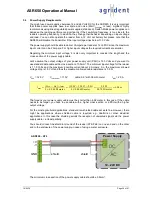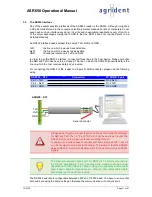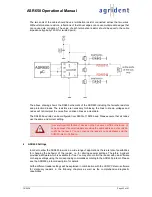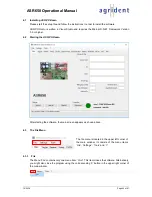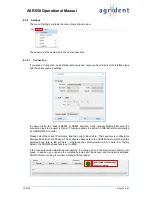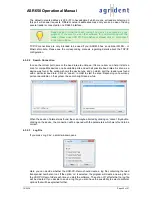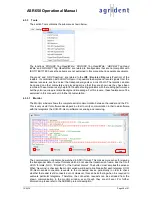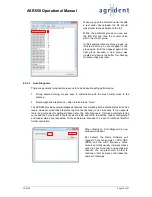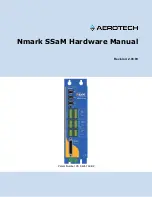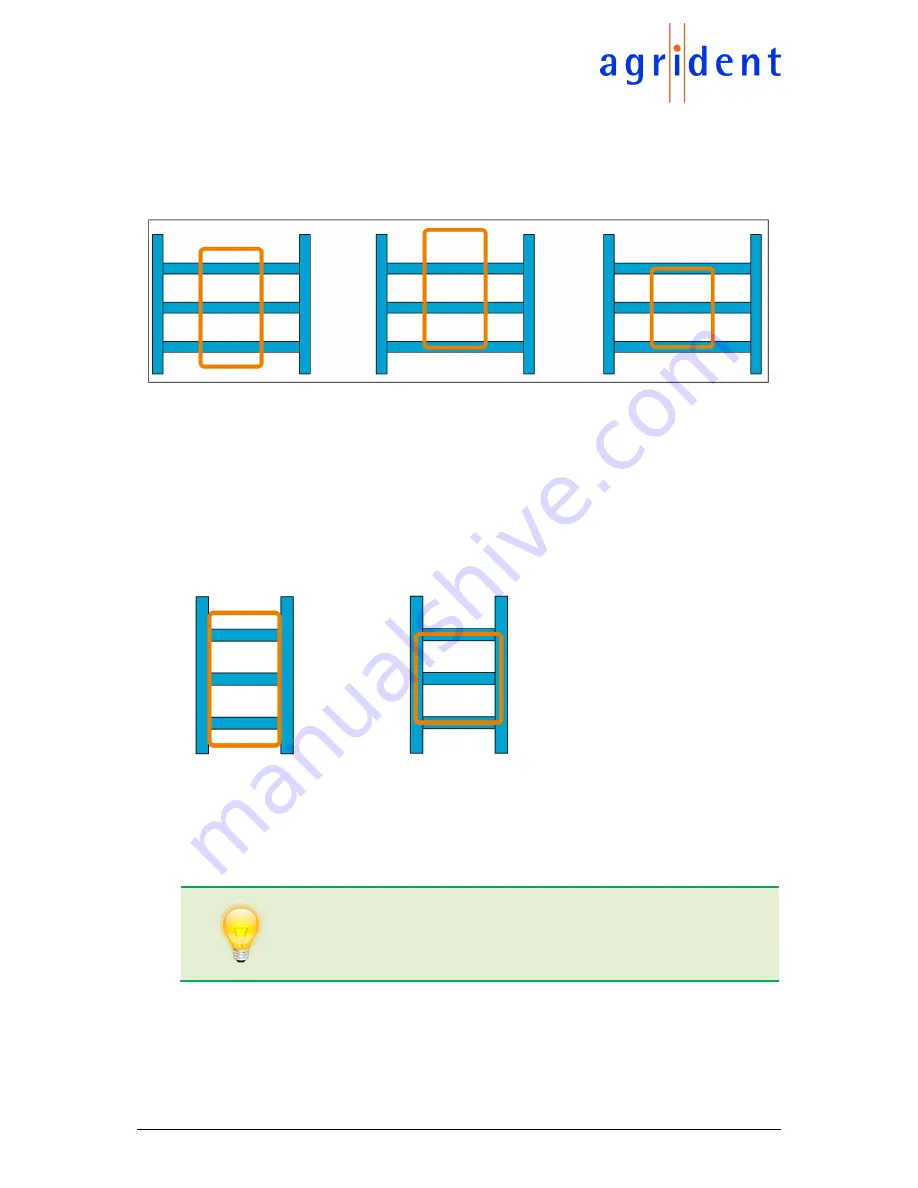
19/09/18
Page 15 of 67
ASR650 Operational Manual
2.1.7
Antenna and metal bars
Generally, it is the best if there is no metal close to the antennas used in LF-RFID systems. If metal
cannot be avoided, there are certain rules to consider. This document shows some examples for placing
the antenna on steel bars, which is probably a quite common scenario. The location of the antenna is
important and the different setups result in different performances of the system.
(1)
(2)
(3)
(1)
This is the best possible installation when steel bars are present. The horizontal parts of the
antenna coil are well away from the metal as well as the vertical parts. The vertical parts cross
the horizontal bars only at small sections so that losses are reduced to an acceptable minimum.
(2)
In this setup the antenna was shifted upwards so that the lower horizontal part of the coil is
directly at the position of a metal bar. This setup is worse compared to (1) and it will introduce
higher losses that will result in lower reading performance.
(3)
The installation shown here will introduce even more losses because now the upper and lower
horizontal parts of the coil have the same position as the steel bars.
(4)
(5)
(4)
Here the horizontal parts of the coil are okay again but the vertical parts are too close to the
vertical steel bars. This setup will also lead to a poor reading performance.
(5)
This is the worst possible setup. The coil is ‘touching’ the bars completely.
It is highly recommended first to provisionally fix the antenna and to check
the antenna parameters using
ASR-PC-Demo
. This can be done using
cable ties, for example. After confirming that the antenna values are good
enough for allowing the optimal system performance, the antenna should
be fixed permanently. Please also refer to chapter 4.7 for details.




















